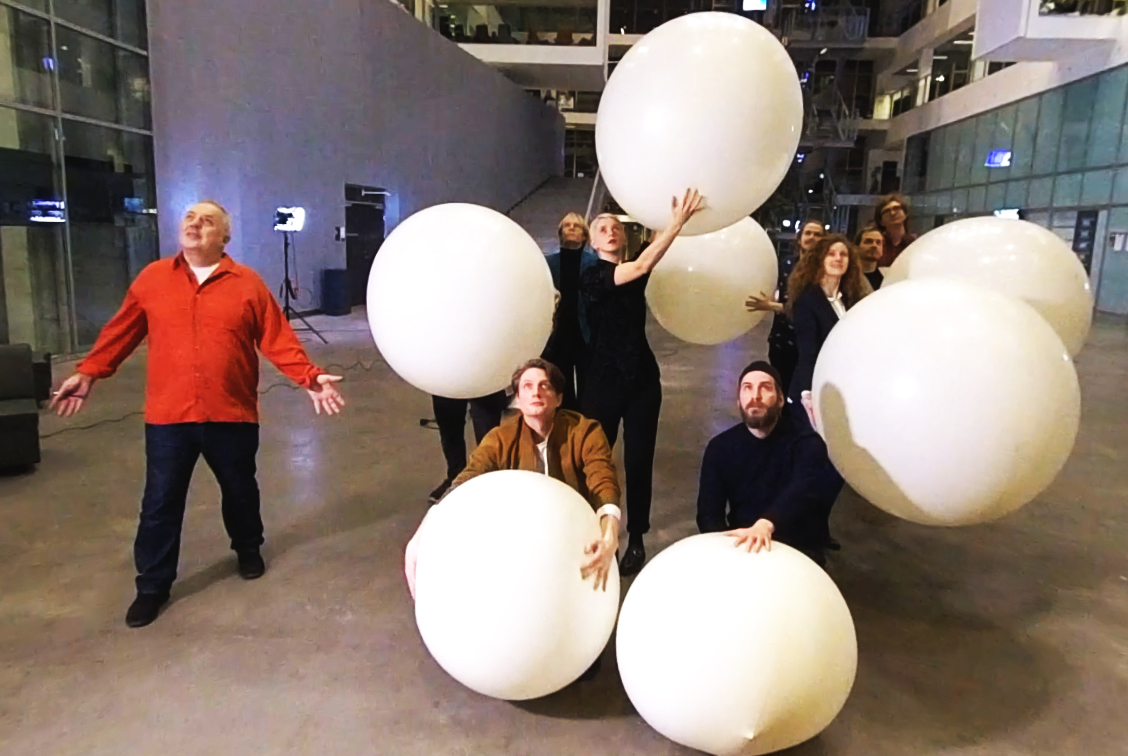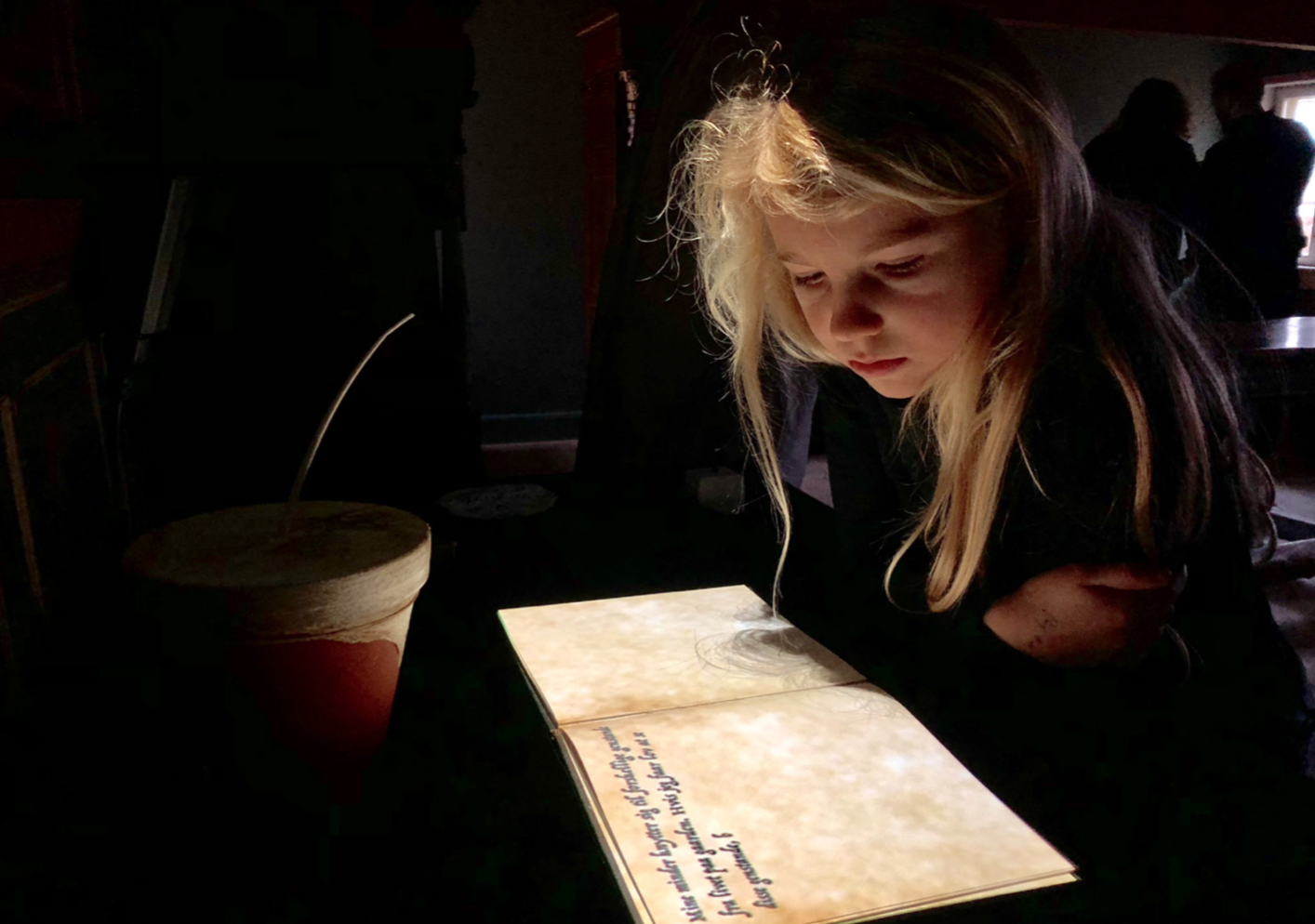Never let me go
- a play experience for art museums ‘Never let me go’ is designed by Karin Ryding who as part of her PhD project explores the concept of critical play from aesthetic and affective perspectives in the context of art and history museums. ‘Never let me go’ is a two-player experience enabling art museum visitors to spontaneously create a personal experience for a companion, taking place in real time in the museum. The name ‘Never let me go’ actually gives a hint to what the experience is all about. It could be described as a playful tool that uses mobile technology to, for brief period of…









